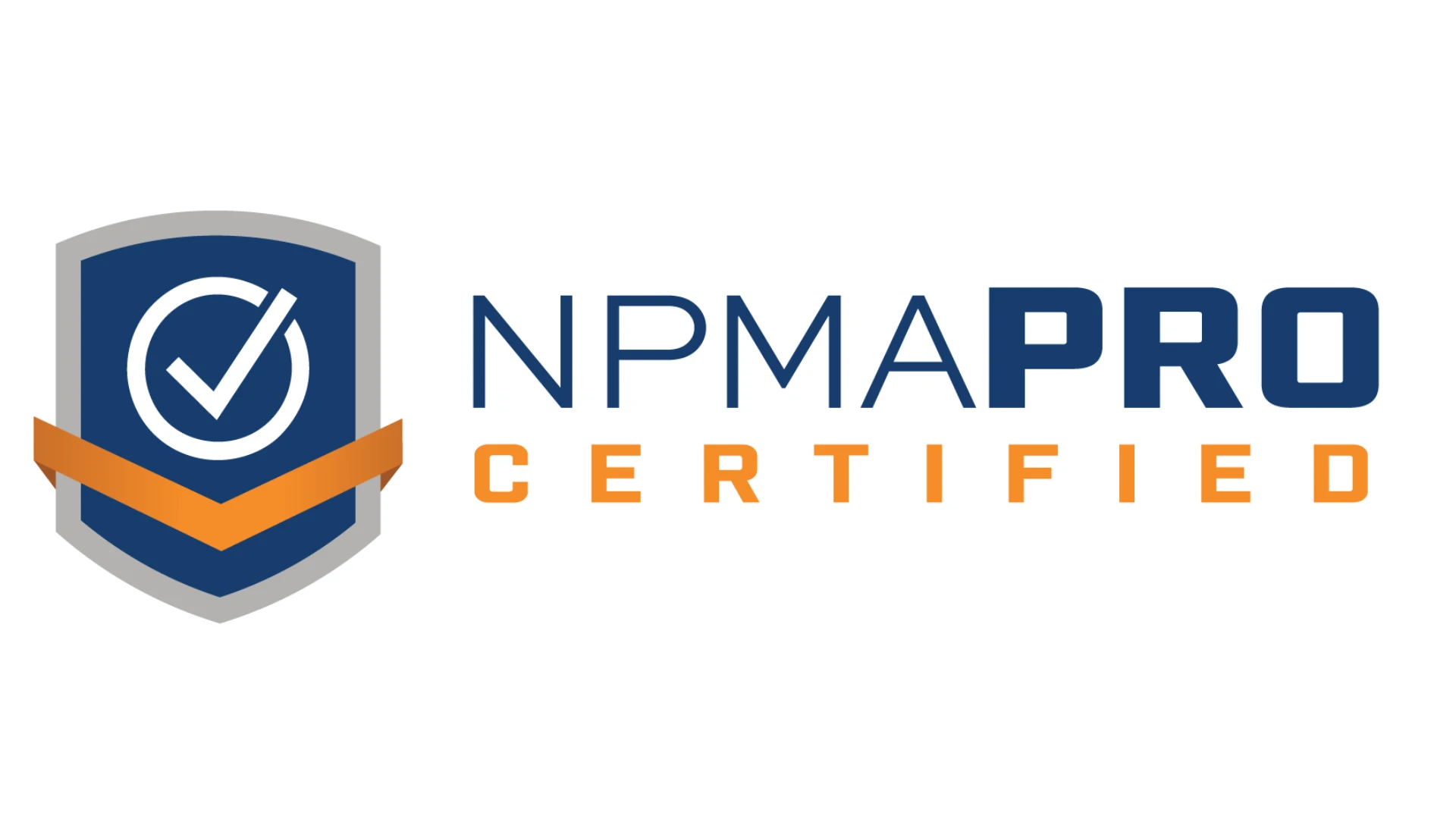Olympic figure skaters and Oscar nominees aside, few people relish having their professional performances spotlighted and judged by others. Yet those on the receiving end of job reviews might be surprised to learn that the dread can cut both ways; many managers responsible for writing evaluations view the process as an unenviable task fraught with the possibility of miscommunication and misinterpretation.
“There is nothing like a poorly executed evaluation to breed resentment on the part of an employee — and frustration on the part of a supervisor,” says Kelly Robertson, former vice president of sales for Art Merchandising, a New York City-based company that provides designs and creates in-store merchandise displays. Robertson, who has had extensive experience on both ends of the performance-review process, says that reviewers often set themselves up for trouble out of a desire to avoid offending employee sensibilities.
“Most people are not comfortable being judged themselves and therefore tend to err on the side of caution when they have to put their personal assessment of a colleague in writing,” says Robertson. “What they don’t realize is that an excess of diplomacy can actually produce consequences just as damaging as those created by an unduly harsh approach. By squandering an opportunity to deliver meaningful criticism, they deprive both themselves and the employees they are evaluating of any practical benefits. They turn the process into an exercise in futility, and a time-consuming one at that.”
The trick, of course, is to package a meaningful assessment in terms palatable enough to effect real change. Valid criticism accomplishes no purpose if it falls on deaf, alienated ears. So that your message comes through soft and clear, take an approach that is firm yet flexible, critical yet encouraging, honest yet polite, personal yet professional. The following guidelines should make the next performance review you conduct both easier to deliver and easier to hear:
ACCOMPLISHMENTS: ALWAYS LEAD WITH THE POSITIVES. Even when the review is weighted toward the critical, it makes psychological sense to start out on a positive note. Acknowledging, front and center, an employee’s achievements to date makes him more receptive to the recommendations for improvement that follow. Furthermore, tying the accomplishments to specific challenges set forth previously — in the employee’s last evaluation, for example — provides objective, tangible evidence of progress. It also creates a sense of fair play, as the employee understands in advance the specific criteria by which he is being assessed.
While you want to communicate your standards of judgment unambiguously, at the same time you also want to recognize that the value of an employee stems from more than what you can summarize with numbers and checklists. It is therefore wise to combine specific accomplishments — With the new accounts she generated, delivering $1.25 million in business, Sarah exceeded the goal set last July by 27 percent — with more general, character-based accolades: Sarah’s outperformance of sales expectations is all the more impressive given the heightened competition in the market. Her perseverance and spirit of innovation propelled her to look beyond the company’s traditional client base for new customers.
By acknowledging not just the results generated but also the personality traits and behaviors that made those results possible, you generate a more individualized message of praise and, ultimately, greater pride and incentive on the part of the employee.
GOALS: THE SKY’S NOT THE LIMIT. Once you have established trust and goodwill by homing in on an employee’s accomplishments, stake out realistic targets for the next evaluation phase. The language you use to describe these targets should balance specific, quantifiable objectives with larger, overarching goals. You are better off phrasing hard targets in terms of a range of potential accomplishments — Dinesh will increase sales between 15 percent and 20 percent — rather than tying them to narrow benchmarks: Dinesh will bring in $1.5 million worth of new business. By writing flexibility into the expectations, you give the employee psychological breathing room. You also provide him with an incentive to outperform expectations rather than setting him up for falling short of the mark.
The larger goals should emphasize behaviors that will help your employee meet his specific objectives: Mario will continue his aggressive pursuit of opportunities in previously untapped sectors. Save any counterproductive behaviors you wish to address for the “areas to improve” section, as you don’t want to taint the goals sections with any hint of the negative.
STRATEGIES: HOW DO WE GET THERE FROM HERE? After you have identified both the goals and the general behaviors necessary to achieve them, the next step is to map out, with employee input, specific paths to success:
Lucinda will improve order-processing efficiency in her department by ensuring that all employees are trained in the new software by the end of the first quarter.
Huberto will contact all tristate-area college alumni magazines that sell classified ads.
James will oversee the implementation of the new systems to ensure that, by the end of this fiscal year, all personnel records are secure and searchable online.
The idea here is to describe actions, resources and plans of action in terms as specific as possible. Save philosophical overviews for the concluding summary; here you want to present your employee with a “nuts and bolts” repertoire of approaches that he can draw on in the next review cycle.
AREAS TO IMPROVE: COLLABORATE, DON’T ASSASSINATE. Now that you’ve delivered all the good news — your employee’s accomplishments in the past year, the positive expectations you have established together for the coming year, the road map you have outlined for fulfilling those goals — it’s time to raise any and all problematic issues. Lay out your case in language that is straightforward, honest and neutral; absolutely avoid any hint of anger or contempt. Here are four approaches to take:
Emphasize the positive that comes within the negative.
Don’t write: Mike will not delay in responding to all customer complaints in a timely and courteous fashion. Instead, write: By assuming personal responsibility for generating same-day voice or e-mail responses to all customer queries, Mike will ensure that every client feels connected to every phase of every project.
Couch your criticism in terms of the shared greater good rather than framing it as a personal indictment.
For instance, writing Carla will commit, along with her counterparts in other product groups, to making cross-functional collaboration a priority is sure to generate less hostility — and better results — than writing Carla will refrain from engaging in turf battles with her counterparts in other product groups.
Enlist your employee as an ally in troubleshooting a vexing issue.
Koresh will help me identify the best solution to the problem of meeting outsourcer-driven production deadlines by preparing status updates every Monday morning until each project is completed.
Offer the employee flexible options in resolving a shortcoming.
By doing so, you give the employee a sense of agency and you also make it clear that the choice is not about whether the problem will be fixed but rather about how it will be fixed: Marika will gain a firm mastery of database-marketing fundamentals by the second quarter through the means of her choice: by asking Human Resources to enroll her in an onsite training course, by attending an evening or weekend university course or by arranging intensive mentoring by a senior colleague in the department.
CONSEQUENCES AND INCENTIVES: OFFER CARROTS, BUT DON’T BE AFRAID TO USE A STICK. Now that you’ve spelled out in no uncertain terms what the employee is capable of, what he is expected to accomplish and how to optimize his chances of meeting those expectations, it is reasonable to outline what the future might hold.
If the purpose of the review is to whip a largely negative job performance into shape, you should offer a note of encouragement but state unequivocally the range of possible outcomes: It is my hope that Joe will take good advantage of the resources and models that have been proposed to him as a means of bringing his performance up to a satisfactory level. If, by the interim review in six months, Joe is meeting a majority of the standards, he will be permitted to complete, on a probationary basis, the remainder of the work year. If, however, he has not done so, he will be terminated.
If the intent of the evaluation is largely to heap praise on an exemplary employee, this is the place to focus on incentives and longer-range career development:
Larry’s role in expanding our reach into new markets demonstrates his leadership potential and marketing acumen. If he continues to grow in these areas over the next year, I will nominate him for our firm’s high-potential leadership program.
If the review consists, as most do, of a mixed bag of accolades and critiques, end it with a brief, balanced summary:
Overall, I am pleased by Nicole’s progress toward the goals we established last year at this time. Although she needs to increase her degree of follow-up on projects, she has demonstrated excellent creativity at the conceptual stages. She is a fine asset to the company, and I look forward to seeing her continue to improve.
Your goal in writing a review is not to punish nor to dispense empty praise, but to improve performance so that both the company and the employee benefit. Keeping the focus on specific goals and desired results will make the experience less anxious and more productive for everyone involved.
Beverly Ballaro is a freelance writer who has taught language, literature and writing courses at Yale, Cornell and Wheelock College. She can be reached at bballaro@giemedia.com.
Increasing Retention By Giving Employees a Dose of Nurses’ Medicine
With increased workloads, demanding staff ratios and challenging work conditions, many employees are feeling burned out. Today’s workers are not signing on and staying on just for the money. They are opting for employers who care about them, professionally and personally. How they are treated on the job is a primary factor in their satisfaction, their resistance to burnout and their willingness to be a long-term loyal employee. Work-life balance is often a top priority.
Recent data from a Harris Interactive survey reveals enlightening information on workforce attitudes. It shows a continued disconnect between employers and employees, relating to the effectiveness of various staff retention tactics. The study claims only 13 percent of employees say their employers put effort into keeping them on their jobs.
Considering that it costs thousands of dollars to recruit and hire a new employee, organizations are eager to retain the ones they have in addition to attracting the emerging workforce. Many have learned that to recruit and retain, they cannot simply offer more money or bigger benefits.
They need to give employees a hefty dose of nurses’ medicine.
All businesses can benefit from these 10 tips, by treating their employees with the same competent, compassionate TLC that nurses give their patients. By doing so, companies will inspire talented workers to sign on and stay on.
Implementing these 10 tips creates a “care plan” that does not coddle employees, but strengthens and empowers them. This transcends to their work, which promotes a positive company culture, increased productivity, creativity, loyalty and a healthy bottom line.
1. Smile a lot. Be kind. Visit them often. Keep an open-door policy. Don’t just ask to speak to your staff members when they make a mistake, visit with them when they’ve done a great job. Commend them in person, rather than in an e-mail or memo. No matter how busy you are, don’t act rushed or distracted. Make your employees comfortable around you and allow them to speak their feelings, ideas and needs.
2. Ask, “How can I help you?” Don’t assume that you, the supervisors or the consultants know. Hold a staff meeting on the topic or create a survey and grant anonymity. Ask them what they need during the next employee evaluation. You may be surprised by what you learn, when you simply ask the right question.
3. Do an “assessment” on a regular basis. Ask for their input on their “condition” or their job position. Note what you observe. Evaluate the situation with each person, then make a plan and implement it. Give your employees access to the support they need — technically or personally — to perform at their best. Not only will they do a better job and be more satisfied, your company will profit, too.
4. Be prompt in answering their “call lights.” When a patient has a need, they “call” for assistance; watch for instances where your employee “calls” for help, verbally or otherwise. Address each concern and attempt to meet their needs as soon as possible.
5. Explain all “procedures” and changes. Make sure your staff members know why the changes are taking place and reiterate their importance. While it may not be an easy course, make clear the good that will come from it. Reinforce how their cooperation and positive approach will greatly affect the workplace.
6. Communicate often and clearly. Keep your employees up to date with what is happening so they feel more involved and less afraid of change. If they have concerns, be sure to listen first — without talking or interruptions. A gentle touch on the hand or shoulder conveys sincerity and interest.
7. Ease their “pain.” Though it is sometimes impossible to take away all the discomfort, honest efforts to do so go a long way toward relieving it. If the pain is work related, ask for their suggestions to ease it. If the pain is personal, such as a relative passing away, be considerate. Offer them a day off or an additional paid day of vacation. Send flowers or a sympathy card to the employee’s family to show that you care.
8. Promote independence and self-sufficiency among your employees. Help them to be stronger. Encourage continuing education. Compensate them and make room in their schedules so they can gain the additional skills that will make them better employees. Give them as much control as possible, and they will be more likely to cooperate with the “treatment plan” and with other changes that come along.
9. “Change positions.” Being in the same position too long can sometimes be uncomfortable or stifling. Suggest a transfer within the department or organization. Offer flexible shifts, telecommuting or job sharing. Encourage your employees to grow in their skill sets and job responsibilities.
10. Provide them “nourishment.” Help nurture their minds, bodies and spirits. Remind them to take breaks, eat meals and ask for help. Provide inspirational, encouraging books, periodicals and speakers. Bring in a massage therapist after a particularly stressful quarter or show your appreciation with a free company lunch during a successful period.
LeAnn Thieman, LPN, CSP, is a nationally acclaimed speaker and co-author of the new book, Chicken Soup for the Nurse’s Soul, Second Dose. Visit www.NurseRecruitmentandRetention.com for additional information.
Reprinted with permission of Harvard Management Update by Beverly Ballaro, January 2008, Copyright 2008 by the Harvard Business School Publishing Corporation, all rights reserved.

Explore the September 2008 Issue
Check out more from this issue and find your next story to read.
Latest from Pest Control Technology
- Scorpion Launches Capacity Marketing Engine
- Petti Pest Control Owners Reflect on Finding Success as a Father-Son Duo
- Effective Mitigation of Crow Infestations
- Mosquito Control: Spraying vs. IPM
- Terminix Service's Leaders Inducted into South Carolina Business Hall of Fame
- Christner on Colorado's Preemption Roll Back on Business Growth
- How to Get Rid of Odorous House Ants
- Massey Services Promotes Herndon to Director of Sales for Multi-Family Division







